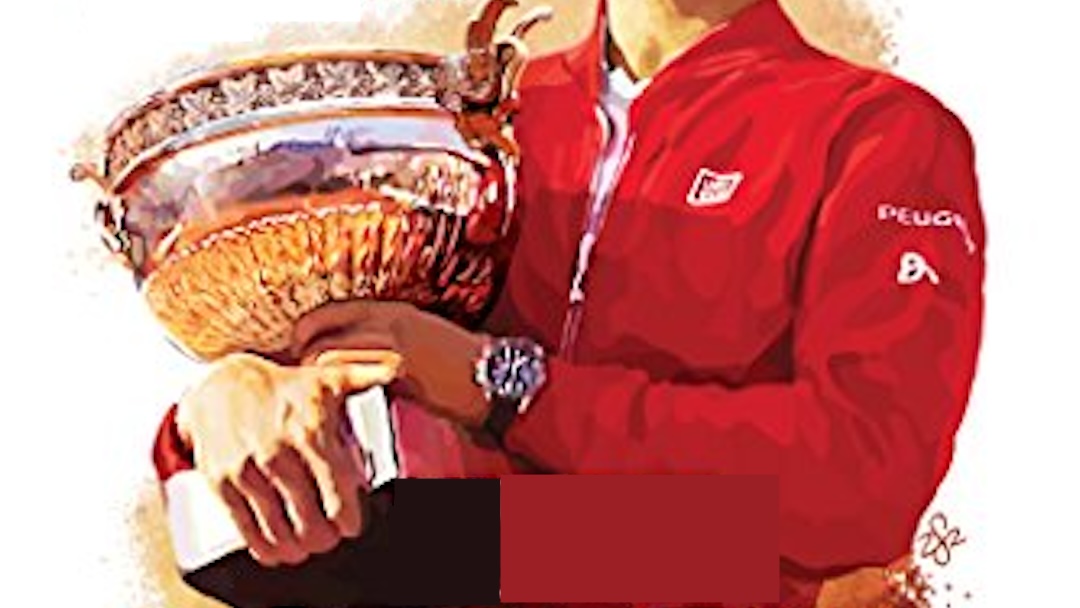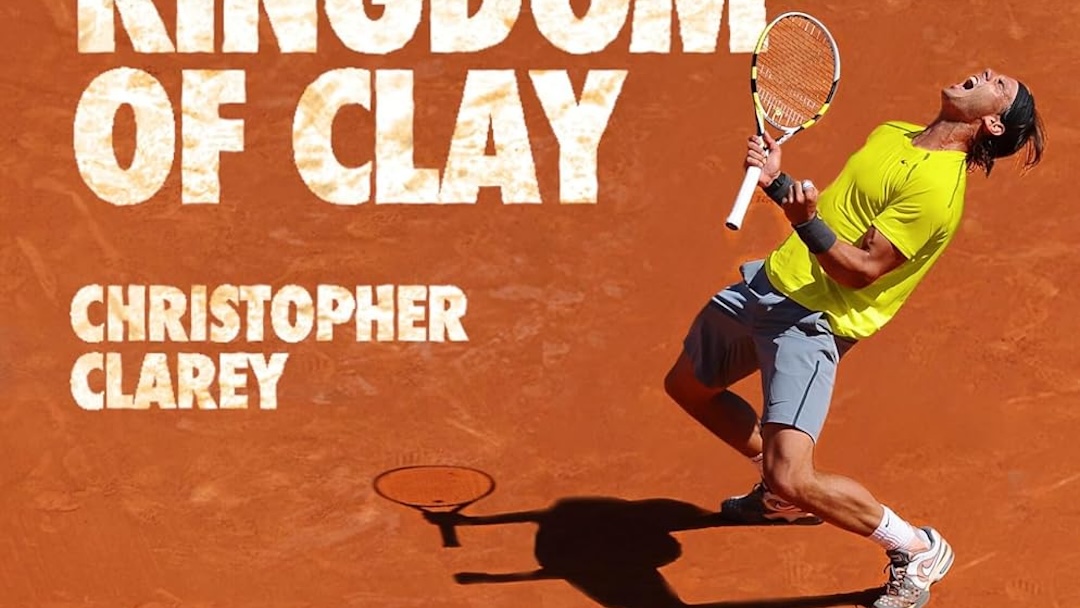After a professional career as a policy editor, legislative consultant, and communications manager at an international public health organization, William (Bill) Finger returned to competitive tennis at age 70. He chronicled that experience in Courting: A Tennis Memoir. This book is more than just the story of a lifelong passion for the sport. It is also a deeply personal journey through memory, aging, and self-reflection. Finger uses tennis as both an anchor and a lens to explore his origins via play at public park courts in the South during desegregation. He competed in junior and collegiate tennis, ultimately returning to the sport via league play and senior tournaments. As far as tennis books go, this one is unusually deep, exploring themes of resilience, identity, and healing. This memoir is not just for tennis players, but also for anyone who’s ever sought refuge in a pursuit that brings meaning and structure to life.
Finger’s use of language to describe tennis is subtly poetic. His words elevate the game beyond mere sport to something almost meditative. This book captures the beauty and complexity of tennis with a lyrical touch, framing the court not just as a place of competition but as a stage for introspection and human connection. Despite the evolution of the equipment and technique of his youth, he distills the essence of the sport as an arena that “frames opponents in a battle of will and skill.” It is an ode to how tennis tests both the mind and body, yet is also simultaneously fun and enjoyable.
Courting resonated strongly with my own experience returning to tennis as an older player. Additionally, some scenes he described confirm the widespread realities of the USTA competitive framework I have been recently exploring. The following excerpt from his book is the feedback he received shortly after playing a practice match with his Senior USTA League team, which had guided him to self-rate at 3.5. It is yet another example of how one of the first lessons players engaging in the NTRP competitive framework are taught is the importance of modulating their play to keep their performance in alignment with their rating.
After the match, Mitchell calls Heidgerd to report that I played great, especially for a 3.5 player. Dick then talks to me. “Finger, you’ve got to scale things back,” he says laughing. “You don’t want to be too good a 3.5.”
The book also captures how he was accosted by one of his opponents after his first official match, challenging the validity of his self-rating. Even though Finger played collegiately, he was 70 years old coming off a 30+ year layoff from the sport. 3.5 is perfectly reasonable under the circumstances. That scene captures how the competitive tennis ecosystem can be hostile to new players having to run the self-rating gauntlet.
Finger’s return to senior tournament tennis feels like a natural evolution for a player shaped by an era when that was the dominant form of USTA-sanctioned play. Tournaments offered a more familiar rhythm, one grounded in camaraderie along with the competition. In describing his experiences, Finger captures the serious but joyful, competitive tennis grounded in mutual respect.
His accounts of senior tournaments aren’t just recaps of wins and losses, but rather tributes to the unique culture, where players connect across the net not only as competitors but as peers on a shared journey of aging with grace and grit. Reading about these experiences builds an appreciation of just how fulfilling this form of tennis can be. It’s not simply about reclaiming past glories, but about finding new ways to grow, connect, and test oneself in a community of like-minded players.
One of the most unexpected and rewarding aspects of Courting is its thoughtful layer of social commentary, woven seamlessly into the personal and athletic narrative. Finger doesn’t shy away from revisiting the complexities of growing up in the segregated South, where his early tennis life unfolded against the backdrop of the civil rights movement and a society in turmoil. Rather than presenting these reflections as static memories, he reengages with them through his senior tennis journey by returning to the same courts, neighborhoods, and institutions that once framed his youth.

Courting: A Tennis Memoir (<- Sponsored Link)
This full-circle perspective gives the memoir rare depth, as Finger thoughtfully examines how race, class, and social change intersected with his own upbringing and athletic development. In a time when our nation is grappling with systemic inequities and political division, his reflections feel especially timely and necessary. This book is not only a personal story of growth but also a lens through which readers can consider how the landscapes of both sport and society have—and haven’t—changed.
In the end, Courting: A Tennis Memoir is a rare and rewarding blend of sport and social reflection. Finger invites readers into his world with a quiet grace that makes the book feel deeply personal and widely relatable. This memoir reminds us that sports often mirror our lives and that returning to competition, even decades later, can offer unexpected discovery. I highly recommend this book for tennis players or anyone navigating a second (or third) act of life. It is an inspiring and meaningful read.
Fiend At Court participates in the Amazon Associates program and receives a paid commission on any purchases made via the links in this article. Details on the disposition of proceeds are available on the “About Fiend at Court” page.



